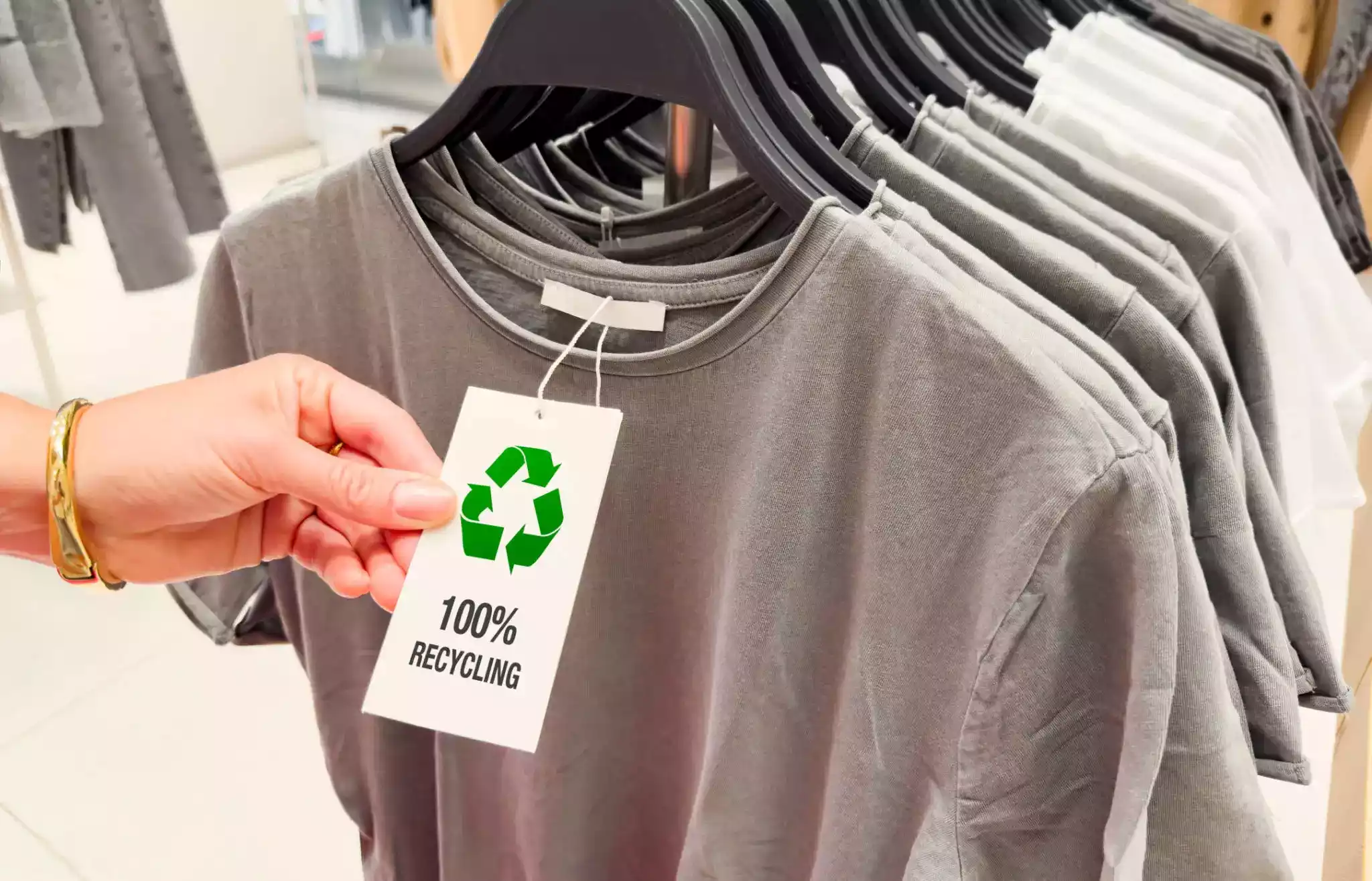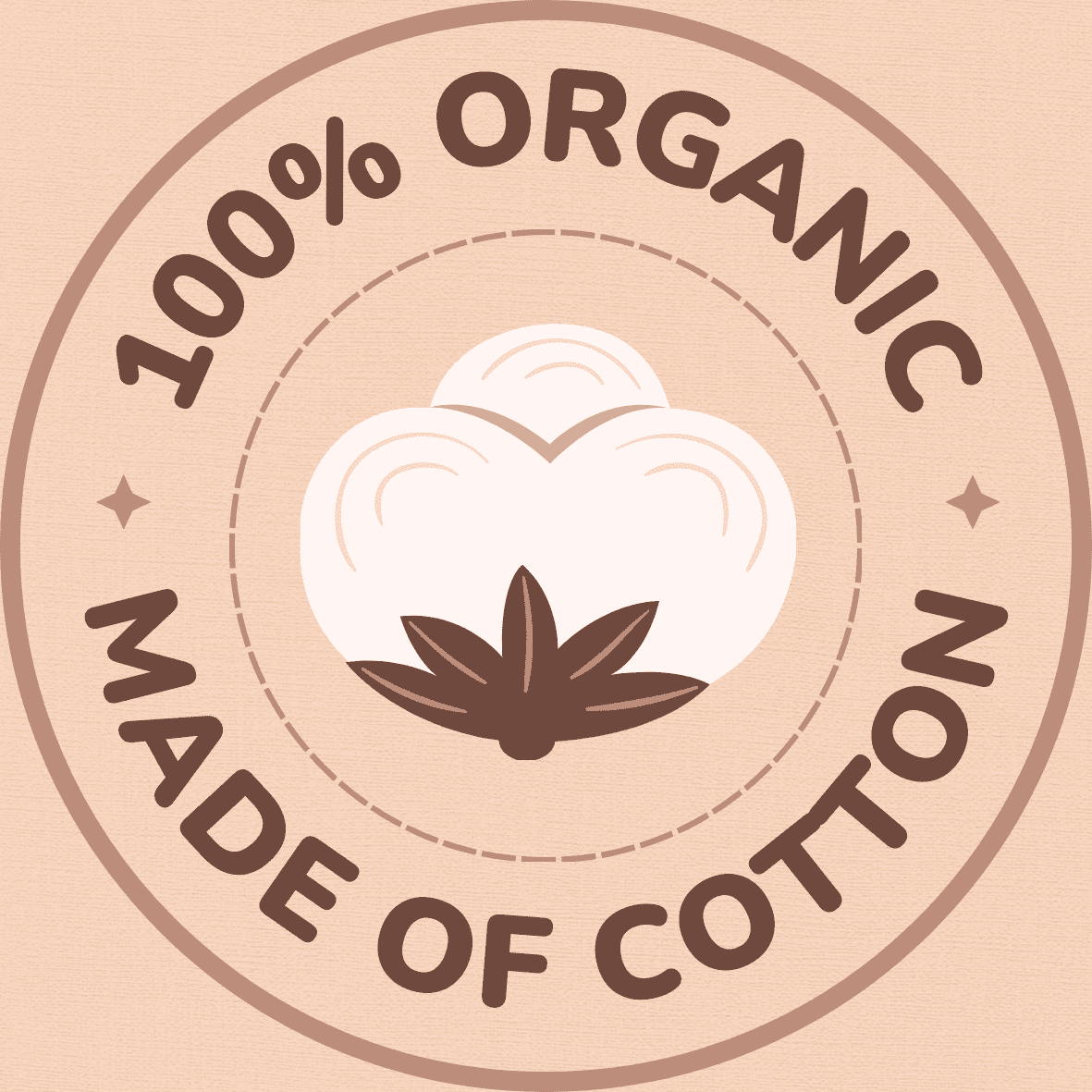Baby Clothes Manufacturer: Crafting Comfort for the Little Ones
Baby clothes manufacturers understand that beyond just providing protective covering for a child, infant clothing plays a pivotal role in determining the comfort of a newborn. As the first layer of protection against their new environment, infant apparel—with its texture, fit, and design—directly influences a baby’s sense of wellbeing. Comfortable clothes not only create a cozy habitat for the child but also contribute significantly to ensuring his or her overall happiness and development.
Newborn clothes manufacturers often concentrate on formulating innovative designs that prioritize comfort and functionality. This is because the quality of the garments ultimately promotes stress-free mobility and prevents skin irritations, enhancing the infant’s well-being and leading to better growth. Infant clothing manufacturers know all too well that soft, breathable, hypoallergenic clothes can mitigate any discomfort, chafing or overheating, ensuring the proper care for a newborn’s sensitive skin.
Exploring the Process of Designing Comfortable Clothing for Infants
Infant wear manufacturers must adopt a meticulous approach when it comes to designing comfortable clothing for babies. One significant aspect lies in anatomical considerations, such as factoring in a baby’s physical proportions, which differ greatly from those of adults. The design process begins with research and development stage that includes understanding the specific needs of an infant’s body such as sensitive skin, need for easy diaper changes, room for movement, and ease of dressing.
Incorporating these considerations, baby clothes manufacturers draw up initial designs. These proposed designs are assessed and tweaked until they combine style, functionality, and, most importantly, comfort. Baby clothing manufacturers understand that infants spend most of their time sleeping; hence, it’s not just about looks, but also about how the clothing feels against a baby’s skin. If the infant could express, the goal is to design a piece of clothing they would not want to take off. Comfort begins from the literal drawing board in the world of infant apparel design.
The Role of Fabric Selection in Creating Comfortable Infant Clothing
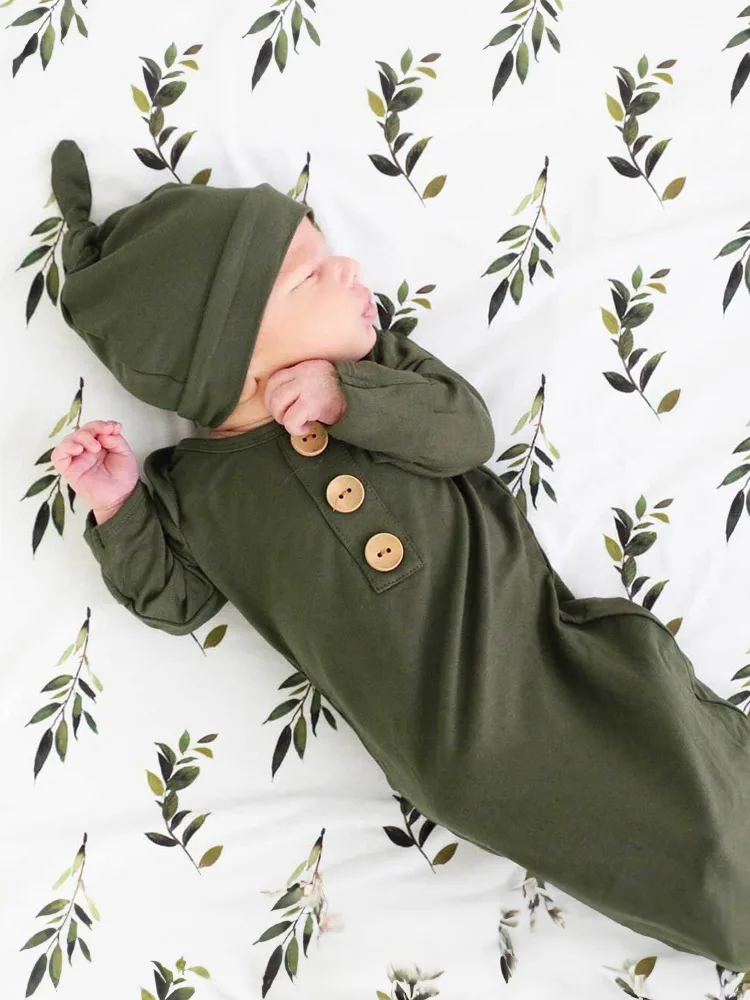
Fabric selection plays a critical core element in the entire process of creating comfortable clothing for infants. The type of fabric not only directs the comfort level of the apparel but also its durability, breathability, and adaptability for sensitive baby skin. Private label baby clothing manufacturers pay immense attention to this intricate detail in order to ensure the tender skin of infants remains unharmed and happy. Special care is also taken to use hypoallergenic materials, enhancing the garment’s suitability for infants with sensitive skin.
Major hubs of clothing production, such as baby clothes in Los Angeles, vastly utilize materials like cotton, bamboo fiber, and organic yarns. These materials are known for their soft textures, excellent breathability, and natural temperature regulation abilities, all the while being responsible choices regarding environmental considerations. Similarly, baby clothing manufacturers in the USA generally prioritize fabric that is gentle to touch, resistant to regular washing, while also being non-toxic, and easy to manage for the parents. Fabric selection underscores the comfort and practicality of infant clothing, simultaneously impacting the company’s brand reputation.
Innovative Techniques in Producing Comfortable Infant Apparel
In the modern age, the arena of infant apparel manufacturing has evolved drastically, embracing innovative techniques and trends. Notably, numerous baby clothing stores in Los Angeles have been striving to raise the bar with enhanced design principles and the incorporation of avant-garde technologies. They continue to innovate, aiming to deliver the paramount comfort that parents expect for their little ones.
The manufacturing process of baby and children’s clothing has seen vast improvements through the use of cutting-edge techniques. For instance, the use of soft-cutting technology has revolutionized the baby clothes maker industry by providing superior-quality cuts for clothes, significantly improving the comfort level. Additionally, sophisticated fabric-weaving technologies have enabled manufacturers to create ultra-soft and breathable materials, setting new standards for comfort in infant apparel. These impressive improvements demonstrate the industry’s dedicated efforts towards embracing innovation to enhance the experience for our youngest consumers.
Sustainability in the Production of Comfortable Infant Clothing
As the environmental impact of commercial practices becomes increasingly significant, baby t-shirt manufacturers have begun integrating sustainable procedures into their production lines. This involves the use of environmentally friendly raw materials, the implementation of energy efficient manufacturing processes, and the reduction of waste. The utilization of organic cotton or bamboo fibers, which require less water and fewer pesticides to grow than conventional cotton, has become a common practice. In addition, many manufacturers are opting to use water-based, non-toxic dyes to minimize the chemical pollutants that are released into the environment during production.
Innovations in fabric cutting technology have also made it possible to achieve high-efficiency baby clothes cutouts, thereby minimizing fabric waste. To further elevate their sustainable practices, some designer baby clothes manufacturers are creating collections out of ‘deadstock’ fabric—surplus fabric that would otherwise end up in a landfill. Above all, the aim remains the same: to reduce environmental harm while still producing high-quality, comfortable garments that meet the specific needs of infants.
Quality Control Measures in Crafting Comfortable Infant Apparel
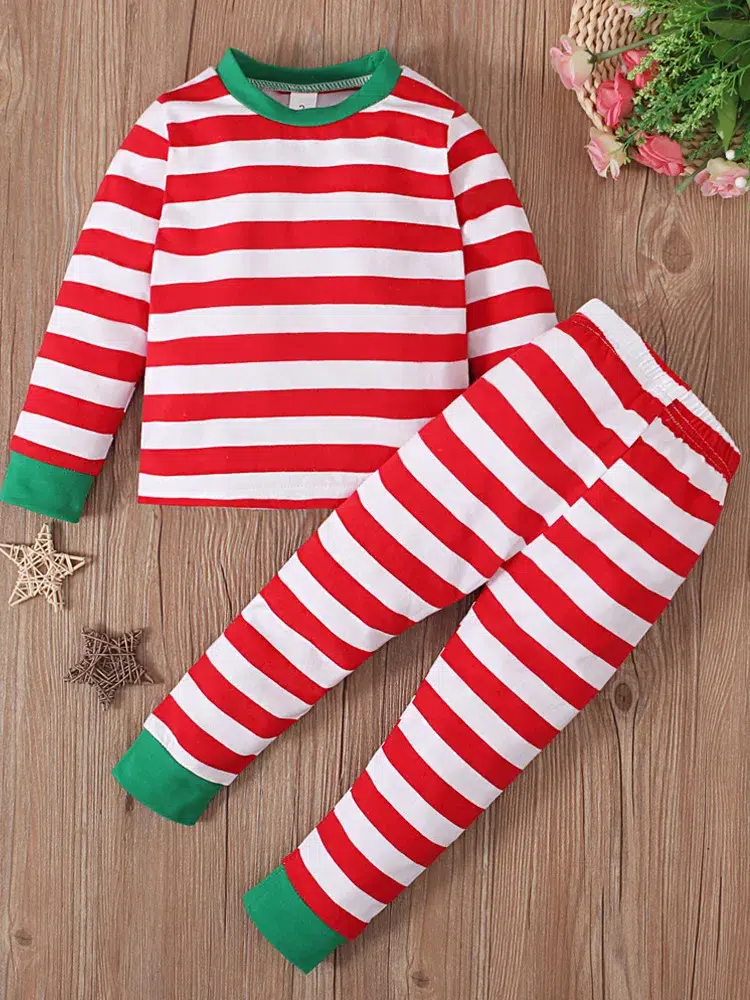
As part of the commitment to produce superior, cozy attire for infants, prominent baby garments manufacturers implement rigorous quality control measures. These standards are not imposed merely to ensure the durability and longevity of the clothing, rather they primarily focus on optimizing comfort for the tiny wearer. From the initial design phase to the finishing touch, every stage of the production process is thoroughly scanned to ensure there are no hard areas, rough seams, or tight elastics that could possibly cause discomfort to the delicate skin of a baby.
In the market of baby kids wear, comfort is not just a desirable attribute but it’s the prime requirement. Boys’ clothing manufacturers, for example, pay minute attention to selecting fabrics that are soft, breathable, and hypoallergenic to minimize any risk of irritation or allergies, testing them rigorously at every production stage. Additionally, clothing patterns are reviewed and examined to guarantee a comfortable fit that permits freedom of movement. The aim is to craft clothing that is not only stylish and durable but provides the baby with a sense of utmost comfort and relaxation.
Continuing from the above, it is important to note that these quality control measures are not limited to boys’ clothing alone. Girls’ clothing manufacturers also adhere strictly to these standards. They ensure that their products are made with materials that have been tested and proven safe for infants’ sensitive skin. The fabrics used for girls’ clothes also undergo rigorous testing procedures before they are approved for production.
• The first step in the process of crafting comfortable infant apparel involves sourcing high-quality raw materials. Manufacturers source only premium-grade cottons and other soft, breathable fabrics which are gentle on a baby’s skin.
• Secondly, all garments go through an extensive design phase where every detail is scrutinized – from button placement to seam stitching – ensuring there are no rough edges or hard areas that could potentially harm a baby’s delicate skin.
• In addition, manufacturers conduct comprehensive tests on elastics used in garments such as waistbands and cuffs; this ensures they do not exert excessive pressure on the child’s body causing discomfort or impeding movement.
• Another crucial measure includes inspecting each garment piece by piece after production. This meticulous examination helps identify any faults or defects before the product reaches consumers.
• Lastly, many companies enforce strict hygiene practices during manufacturing processes; this minimizes chances of contamination which could lead to potential health risks for babies wearing these garments.
In conclusion, creating comfortable infant apparel requires more than just good design – it demands dedication towards maintaining stringent quality control measures throughout all stages of production. With comfort being paramount in infant wear market, adherence to these standards guarantees satisfaction among parents who value both style and comfort when dressing their little ones up.
The Role of Technology in Enhancing Comfort in Infant Clothing
In today’s digital age, technology plays an integral role in creating comfortable apparel for the smallest consumers. From design software that enhances overall garment fit to advanced machinery that ensures seamless and soft finishes, infant apparel manufacturers rely heavily on technological advancements. Even the emergence of sophisticated textiles bearing qualities like moisture-wicking, hypoallergenic, or thermo-regulating properties, usually found in infant athletic wear, can be attributed to cutting-edge technology.
Notably, many baby dress manufacturers also utilize 3D technology to create virtual prototypes of their designs. The virtual prototypes assist in predicting the comfort level of the finished product without physical sampling, thus accelerating the design process and reducing wastage. Furthermore, technology allows manufacturers to analyze and understand infants’ movement patterns and preferences, consequently leading to the development of more comfortable, efficient, and adaptable apparel designs. All these facets of technology have efficiently transformed the comfort aspect of infant clothing production.
Trends and Developments in Comfortable Infant Clothing Production
As the global clothing industry continues to innovate, baby clothes manufacturers are also pushing the envelope to introduce new trends and developments aimed at enhancing the comfort of infant apparel. Taking center stage in these trends is the integration of advanced material technology, which ensures the clothes are soft, breathable, and hypoallergenic. Additionally, the evolution from mass production to custom made apparel signifies a profound shift in the manufacturers’ approach, as they take into account unique body shapes, sizes, and sensitivities of infants to tailor the perfect outfit.
Moreover, boys dress clothes manufacturers are broadening their horizons by experimenting with different fabric blends and following age-specific design principles. The modern emphasis on style without compromising comfort has led manufacturers to create adaptive clothing, taking into consideration the importance of easy closures and the avoidance of pinch points. Furthermore, a heightened global awareness of the potential harmful effects of synthetic materials on delicate skin has spurred manufacturers, including baby clothes manufacturers, to use natural, environmentally friendly fabrics. These developments are crucial in fostering the health, comfort, and style of the young ones we cherish.
Importance of Customer Feedback in Improving Comfort of Infant Clothes
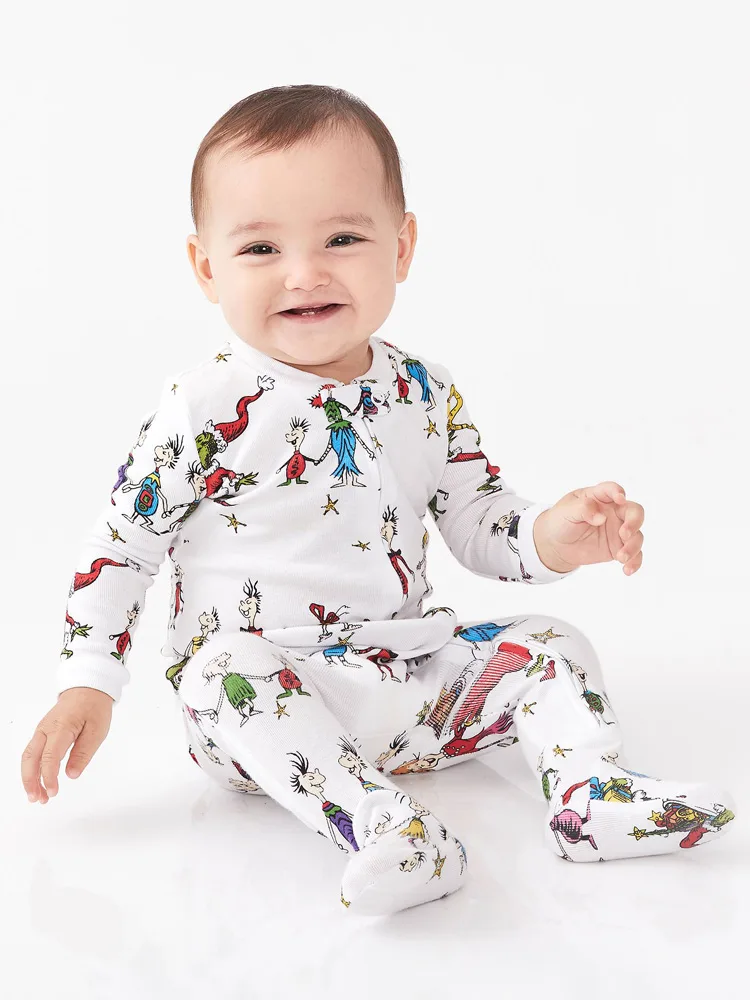
Customer feedback plays an integral role in the continuous improvement and innovation within the infant clothing industry. This invaluable information enables baby manufacturers, like those responsible for the best baby clothes in Los Angeles, to understand and meet the evolving needs and expectations of their clientele. The feedback obtained from customers is used to evaluate and adjust various aspects of their apparel, including comfort, fit, and the selection of materials used. Consequently, this leads to the creation of products that are not only comfortable but also safe and aesthetically pleasing for infants.
In addition, baby clothes suppliers in the USA use this direct communication to identify areas or elements that may be causing discomfort or dissatisfaction among their clients. Any issues identified through customer feedback can then be addressed in the design and manufacturing process to ensure the end product is of the highest quality. As a result, this bidirectional communication strengthens customer loyalty, improves brand reputation and fosters better relationships with consumers, which are essential aspects of a successful business in the highly competitive infant clothing market.
Future Prospects for the Production of Comfortable Infant Clothing
As we immerse ourselves deeper into the 21st century, advancements in technology and the increasing consciousness toward sustainability gear towards a promising future for the production of comfortable infant clothing. Emerging technologies such as smart fabrics, wearable tech, and fabric treatment processes are increasing the potentials for utmost comfort, while maintaining the topmost priority of safety for infants. Moreover, the application of artificial intelligence and machine learning in design and production processes is predicted to significant strides in achieving ergonomic designs that maximize comfort.
Simultaneously, the increasing push towards sustainability is driving a change in the industry. The usage of organic, hypoallergenic, and recyclable materials in the production of infant clothing is on the rise. Manufacturers, recognizing the appeal of environment-friendly products to today’s conscientious consumers, are willing to invest more in sustainable methods. Biodegradable fibers, low impact dyes, and efficient manufacturing processes reducing waste production imply that future infant clothing will not only be comfortable but eco-friendly as well.
FAQs
Why is comfort an essential factor in the design and manufacturing of infant clothing?
Comfort is vital in infant clothing because it directly impacts the infant’s wellbeing. Uncomfortable clothing can cause irritation, disrupt sleep, and even hinder movement, while comfortable clothing can contribute to happier, more content infants.
Can you explain the process of designing comfortable clothing for infants?
The process starts with understanding the unique needs of infants such as softness, stretchability, and ease of wear. Designers then create patterns and prototypes considering these factors. The final design is chosen after rigorous testing and refining for comfort.
How does fabric selection influence the comfort of infant clothing?
Fabric plays a significant role in determining the comfort level of infant clothing. Natural fabrics like cotton and bamboo are often used as they are soft, breathable, and gentle on the infant’s sensitive skin.
What are some innovative techniques used in producing comfortable infant apparel?
Some innovative techniques include seamless knitting to eliminate rough stitches, using hypoallergenic materials to prevent allergies, and incorporating stretchable features to accommodate growth and movement.
How is sustainability being incorporated in the production of infant clothing?
Sustainability is being incorporated by using organic and recyclable fabrics, minimizing waste during production, and ensuring fair labor practices. Some brands also offer recycling programs for used clothes.
Why is quality control crucial in making comfortable infant apparel?
Quality control ensures that the clothes produced meet the highest safety and comfort standards. It involves checking for any loose buttons, rough stitches, or harmful chemicals that might harm the infant’s sensitive skin.
How is technology utilized to enhance comfort in infant clothing?
Technology is used in various ways, such as 3D modeling to create accurate patterns, textile engineering to develop softer and more durable fabrics, and smart manufacturing techniques to reduce waste.
What are the current trends in comfortable infant clothing production?
Current trends include a greater emphasis on organic and sustainable materials, smart clothing with health monitoring features, and gender-neutral designs.
How does customer feedback assist in improving the comfort of infant clothes?
Customer feedback provides insights into the actual comfort and usability of the clothes, helping manufacturers to make necessary improvements. It also helps in understanding changing preferences and needs of consumers.
What does the future hold for the production of comfortable infant clothing?
The future looks promising with the advent of new technologies, increasing awareness of sustainability, and focus on personalized, smart clothing. As consumer expectations evolve, manufacturers will continue to innovate to create more comfortable and functional infant apparel.

